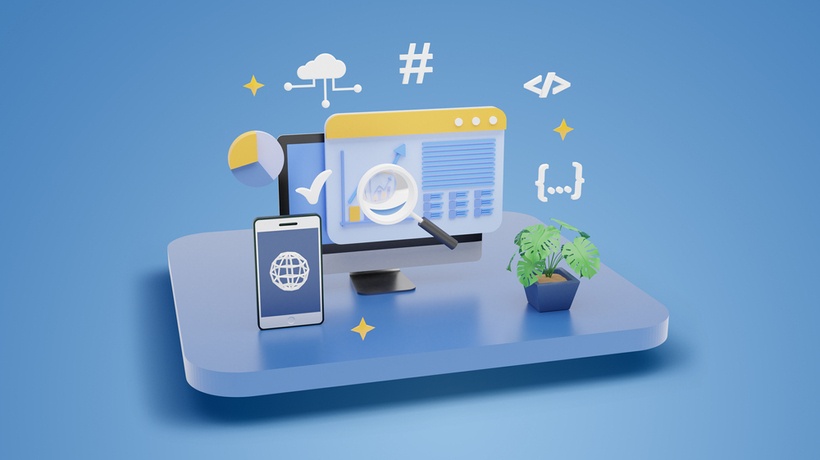
What To Keep In Mind When Working With A Vendor
Beginning a creative partnership with a new vendor on a learning project can be challenging, especially if you are new to the process of building remote learning content. If you are responsible for the successful execution of learning strategy and partner relationships in your organization, you’ll want to know what to expect before the project begins. You will need to know the various deliverables on the path to building a great learning experience.
We’ve worked with dozens of clients on unique learning projects, each one with its own goals and restrictions. However, regardless of the differences inherent in the bespoke nature of our learning design, there are commonalities in each relationship and project. No matter how small or large, each project will have some or all of the following:
Commonalities In Each Project
1. Statement Of Work (SOW)
It is important to have a clear understanding with your project partner of the scope and timelines before you perform any significant work on the project. An SOW spells out the project details, elaborates on the scope, describes each stakeholder’s responsibilities, and enumerates important milestones. Agreement on all the details of the statement of work is crucial because it sets your working relationship up for success. There will be many unknowns along the way, so it is important to establish what is expected at the very start.
2. Needs/Research Analysis Document
Building a bespoke learning solution starts with a thorough understanding of organizational needs, learner context, and source content. For this information, Instructional Designers meet with stakeholders, interview Subject Matter Experts (SMEs), review source content, and pose any questions that they may have on the course’s constitution. The result is a research analysis document that establishes the needs and parameters of training. Often, a big part of this work is done in advance by the clients prior to engaging a vendor. In that case, you’d want to bring the new people on the team onboard with prior research, and give them all the context they need to be successful.
3. Instructional Design Document (IDD)
The Instructional Designers then provide a summary of the training solution and the direction of the project. The IDD includes elements such as learning objectives or outcomes, project strategy, and learning pathways. In this phase, learning elements will be defined and explained so that there are no surprises upon project completion.
4. Storyboards
The storyboard will display the training project’s copy, structure, and visual appearance, ensuring that the vendor’s vision is in perfect alignment with the clients’. Each storyboard will reflect the project being created and will take on a unique form depending on the type of build. Often, this phase includes a roadmap for any complex interactions or visuals of key slides. In an online review environment, actionable feedback may be discussed and the next steps further defined.
5. Proof Of Concept/Prototype
A proof of concept (POC) or design document accompanies a storyboard and provides a visual overview of the project. The POC includes a rough map or outline of key elements or slides, and any complex interactions such as scenarios, test outs, simulations, or branching scenarios. It is crucial before any heavy visual build (such as animation, video, or complex interactive module) that all parties agree on the look and feel of the final product.
6. Learning Resource: Alpha/Beta/Gold
The learning resources are prepared by the partner team for client review. Depending on the initial understanding, you have multiple rounds of revisions. Typically, two rounds of reviews are done with clients before providing them with a “gold” version that is ready to be deployed. Quality assurance, accessibility testing, and user acceptance testing are all integral parts of this process.
7. Handover Documents
The final delivery to the client should include release notes, a technical write-up for support and maintenance, final content/media files, and any source files if included. You’d want to make sure you are comfortable with the handover documents before signing off on the project. If the vendor provides ongoing support, then you can relax a little about this step.
These deliverables are tailored to each project to ensure that everyone is on the same page. Having detailed and specific deliverables throughout the project life cycle ensures alignment and avoids the pitfalls of poor organization, such as soliciting unnecessary custom motion graphics or audio recordings.

Artha Learning Inc
Artha is a full-service learning design firm. We partner with organizations to design their digital learning initiatives from instructional, engagement and technical point of view.
Originally published at arthalearning.com.